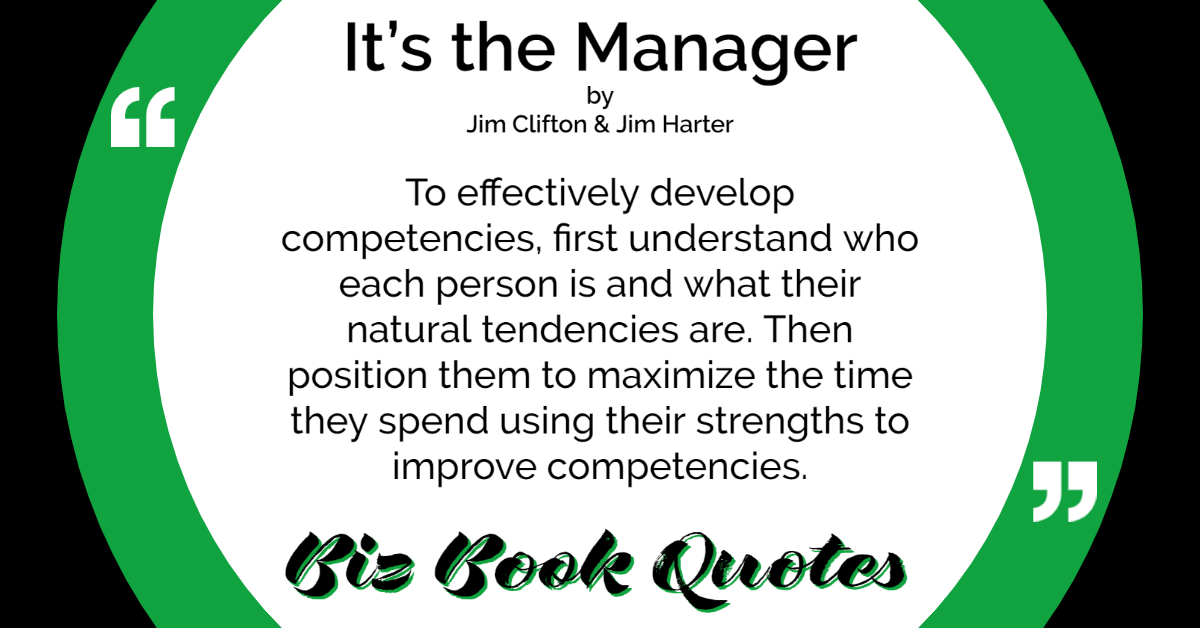 |
To effectively develop competencies, first understand who each person is and what their natural tendencies are. Then position them to maximize the time they spend using their strengths to improve competencies.
|
62 |
 |
What gets us into trouble is how quickly we commit, without fully understanding what we’re getting ourselves into or even why we’re being asked.
|
168 |
 |
Before we determine whether feedback is right or wrong, we first have to understand it.
|
47 |
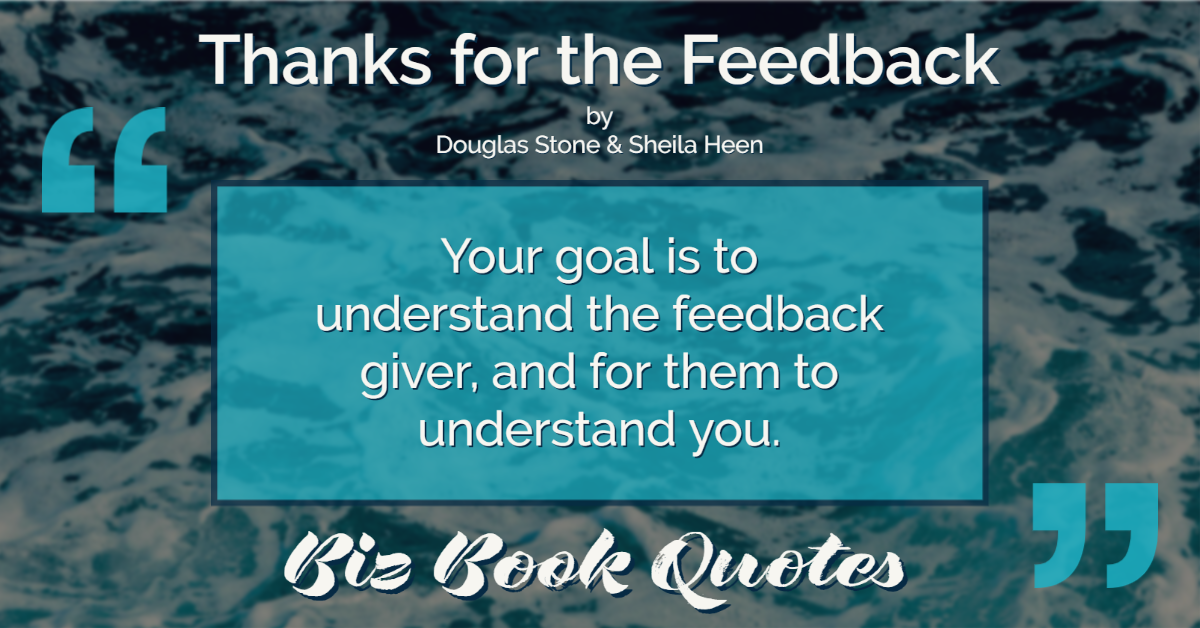 |
Your goal is to understand the feedback giver, and for them to understand you.
|
69 |
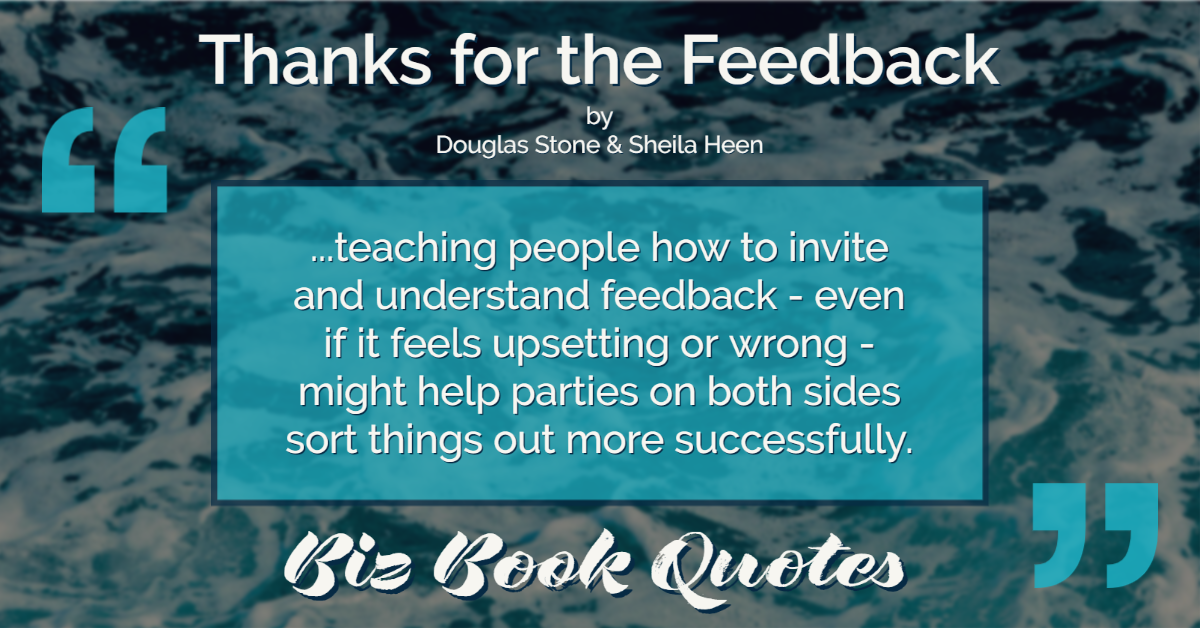 |
…teaching people how to invite and understand feedback – even if it feels upsetting or wrong – might help parties on both sides sort things out more successfully.
|
90 |
 |
There are a number of advantages to understanding feedback through a systems lens… Systems thinking corrects for the skew of any single perspective.
|
136 |
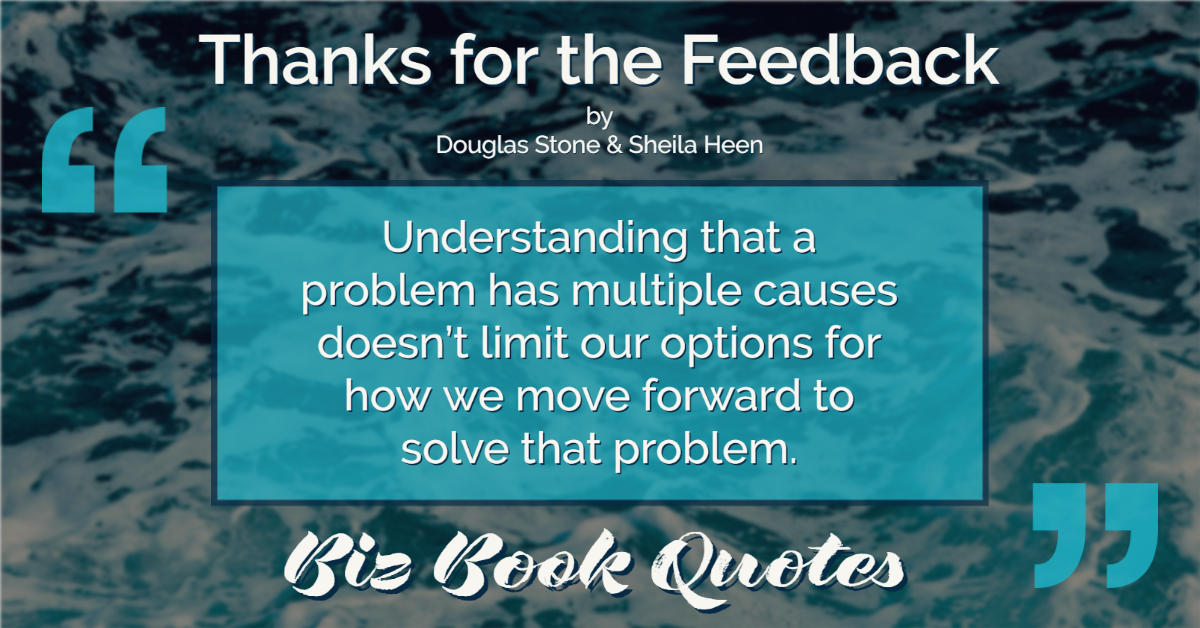 |
Understanding that a problem has multiple causes doesn’t limit our options for how we move forward to solve that problem.
|
137 |
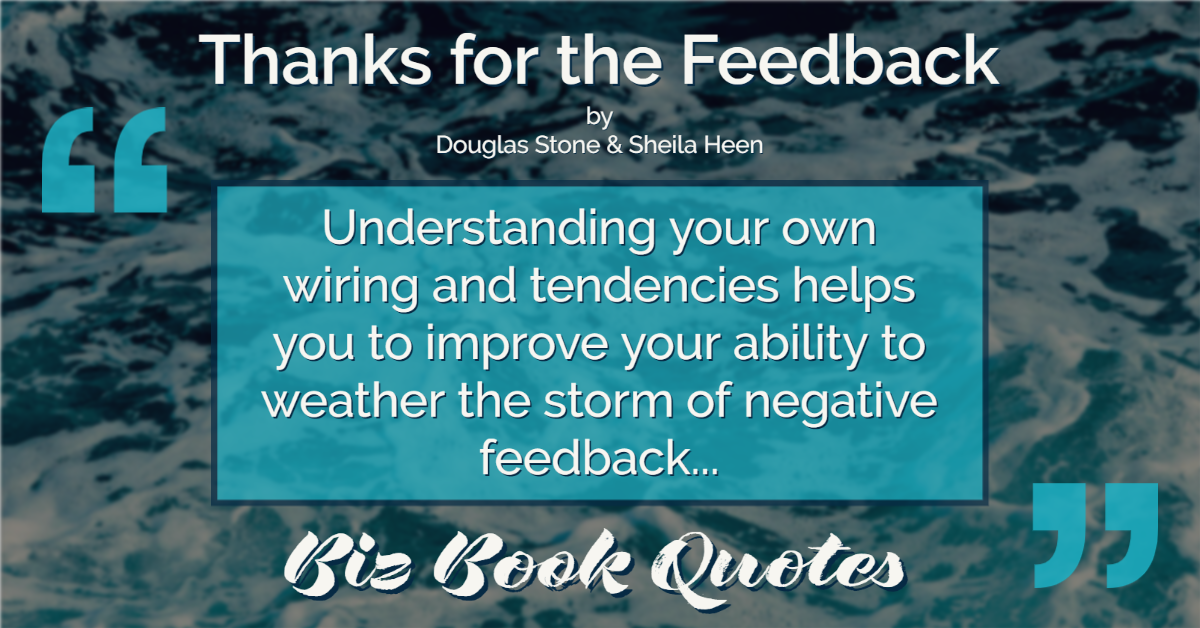 |
Understanding your own wiring and tendencies helps you to improve your ability to weather the storm of negative feedback…
|
148 |
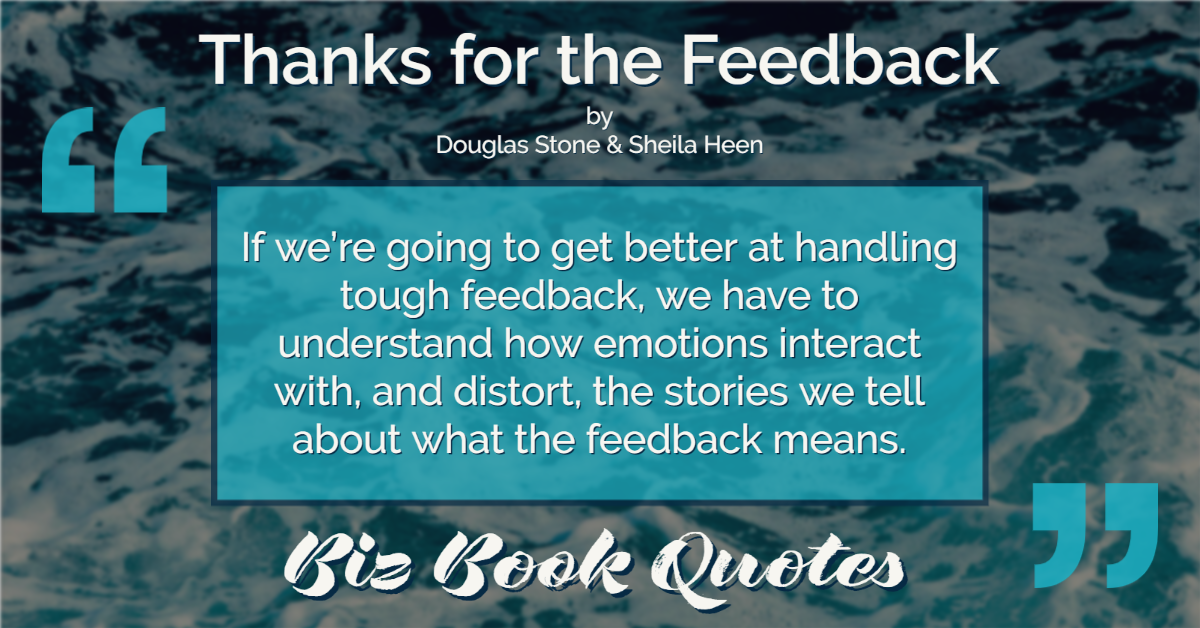 |
If we’re going to get better at handling tough feedback, we have to understand how emotions interact with, and distort, the stories we tell about what the feedback means.
|
159 |
 |
The biggest mistake we make when trying to create boundaries is that we assume other people understand what’s going on with us.
|
219 |